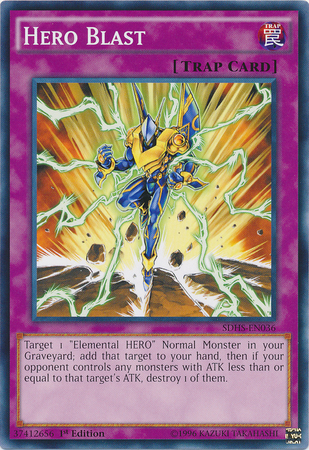
Visual depictions can also be found adorning state or public displays, such as in the form of a scroll displaying the first two quatrains of the anthem on the reverse of the Turkish 100 lira banknotes of 1983–1989. It is regularly heard during state and military events, as well as during national festivals, bayrams, sporting events, and school ceremonies. The original manuscript by Ersoy carries the dedication Kahraman Ordumuza – "To our Heroic Army", in reference to the people's army that ultimately won the Turkish War of Independence, with lyrics that reflect on the sacrifices of the soldiers during the war. Penned by Mehmet Âkif Ersoy, and ultimately composed by Osman Zeki Üngör, the theme is one of affection for the Turkish homeland, freedom, and faith, as well as praise for the virtues of hope, devotion, and sacrifice in the pursuit of liberty, all explored through visual, tactile, and kinesthetic imagery as these concepts relate to the flag, the human spirit, and the soil of the homeland. It was officially adopted by Grand National Assembly on 12 March 1921-two-and-a-half years before the 29 October 1923 establishment of the nation-both as a motivational musical saga for the troops fighting in the Turkish War of Independence, and as an aspirational anthem for a Republic that was yet to be established. 'Independence March') is the national anthem of both Turkey and Northern Cyprus.

" İstiklâl Marşı" ( Turkish pronunciation: lit.


 0 kommentar(er)
0 kommentar(er)
